5. The Tenant (1976) – Roman Polanski
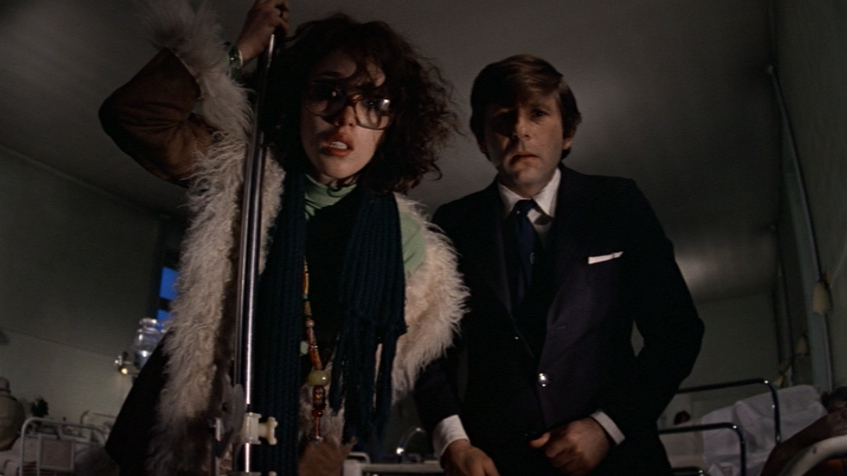
If you’re looking for a total change of pace from typical horror movie fare, look no further than Roman Polanski’s The Tenant. While being one of the strangest, most Kafkaesque films you’re likely to find, it’s also unexpectedly accessible; even while the events unfolding on screen are a bit bizarre, the strong characters give the viewer a stable point of entry into the nightmarish tale.
The director himself plays the main character Trelkovsky, a quiet young man on the hunt for an apartment in Paris. He finally finds a suitable one owned by a cranky landlord, brilliantly played by Melvyn Douglas; but his new home comes with a lot of baggage – the previous tenant had attempted suicide, and after Trelkovsky visits her in the hospital, he seems almost haunted by her tormented spirit. Facing the hostility of his neighbors, and constantly in fear of being evicted, the tenant takes a journey to the edge of his own sanity.
4. The Spiral Staircase (1946) – Robert Siodmak
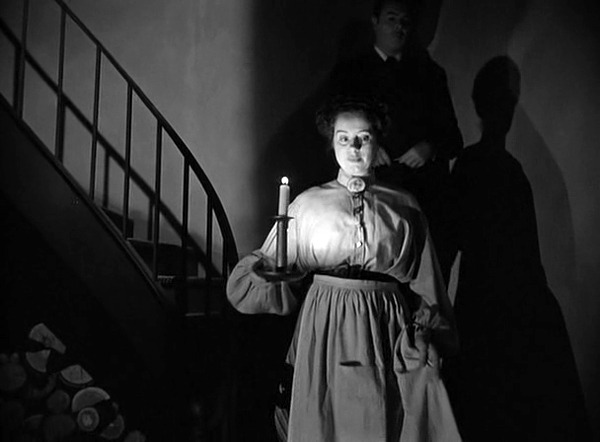
The Spiral Staircase is perfect proof that an effective film can be dominated by a single setting, if that setting is the right one. In this case, it’s a large Gothic mansion in New England, with more places for a killer to hide than you can count. And, as the title indicates, an impressive spiral staircase features prominently.
Robert Siodmak directs this Gothic chiller set in in 1906 Vermont, where a serial killer is on the loose. The unknown fiend’s victims to date have all been people with some sort of physical disability, and our heroine has been unable to speak since her childhood. It soon becomes clear that she has been targeted as the next victim, and the mansion where she works as a caregiver hardly feels like a refuge.
In fact, each resident and member of the family seems to have some quality that makes the mute woman suspect that he or she could be the killer. Is she right, or is the claustrophobic atmosphere of the old house playing tricks on her mind? She’ll make her discovery on the spiral staircase.
3. Blood and Black Lace (1964) – Mario Bava
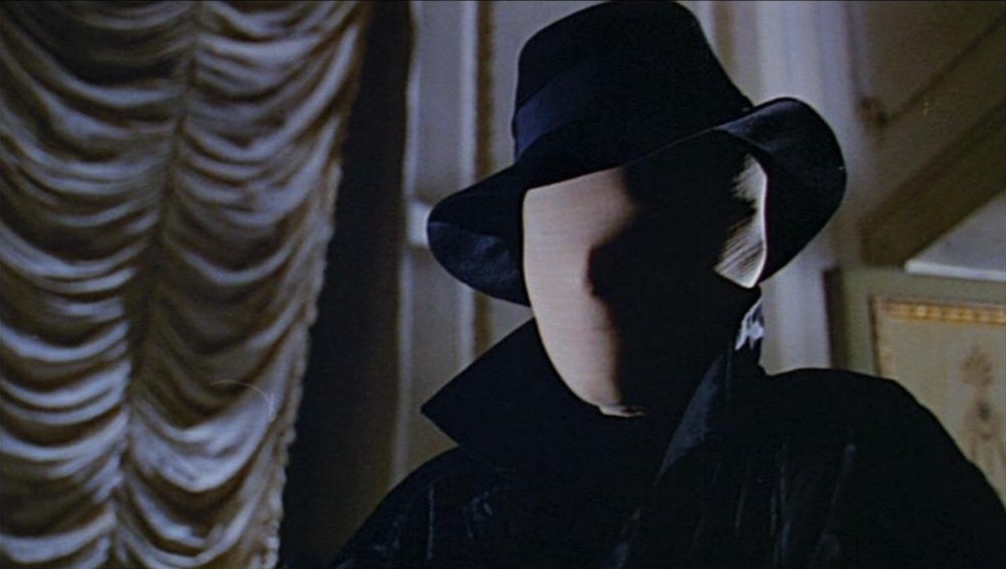
Though legendary director Mario Bava is often remembered for his Gothic horror films, Blood and Black Lace proved he could work brilliantly in any setting. In this case, a fashion salon in Rome plays host to this stylish slasher; splashed in vivid colors, it’s a film as beautiful as it is terrifying. The passing decades have shown its staying power and influence on the world of cinema, and it remains as engaging as ever.
The victims of the masked killer in Blood and Black Lace are a series of fashion models in Rome, and the motive seems to be the discovery of a private diary. In true Bava fashion, this film comes dripping in style and atmosphere, while losing none of its terror in the process. It’s the perfect model of a horror film, and one that will never stop deserving more appreciation.
2. Kwaidan (1964) – Masaki Kobayashi
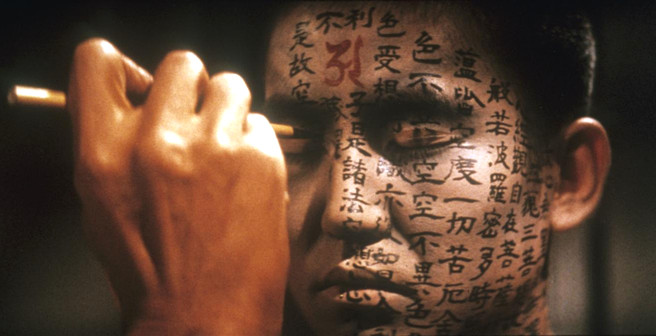
This masterpiece by the great Masaki Kobayashi is arguably the greatest of all horror anthologies. Its title, “Kwaidan,” means “ghost story” and the four diverse tales it tells all contain this defining characteristic.
Few directors made movies more elegant and visually stunning than Kobayashi, and Kwaidan might be his most perfect-looking film. Each colorful frame is flawless, and every motion of the actors is controlled and intentional. It’s a deliberate, slowly-paced movie, but this turns out to be an added virtue – once you start watching, you’re thankful for every extra minute to soak in the beauty of the scenes.
The four segments are titled “The Black Hair”, “The Woman of the Snow”, “Hoichi the Earless”, and “In a Cup of Tea.” While all are ghost stories, each is wonderfully different.
The artistic style shifts from story to story, as does the season of the year, resulting in each chapter feeling breathtakingly unique. Kwaidan is the very definition of sophisticated, stylish horror film which does not rely on cheap thrills or easy scares. It is intellectually engaging in its plot, artistically experimental in its set pieces, and required viewing for film lovers.
1. Nosferatu the Vampyre (1979) – Werner Herzog
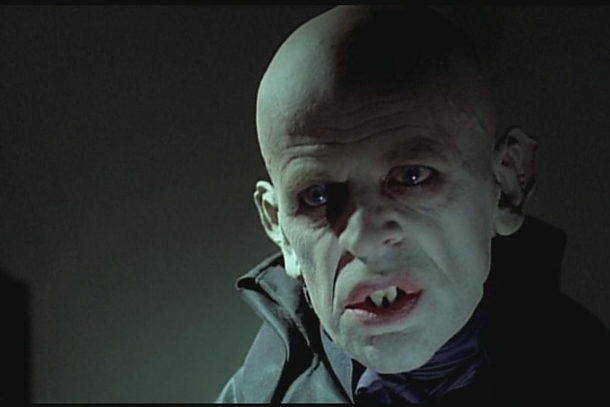
If Werner Herzog’s Nosferatu the Vampyre sometimes gets overshadowed by the 1922 film Nosferatu, there’s little to stage a protest over. The original is a truly great horror masterpiece, and it’s certainly justifiably revered. But that takes nothing from the fact that this 1979 remake is equally brilliant, while remaining criminally underrated. It’s almost a truism that remakes of classic movies fail, but Nosferatu the Vampyre is an exception, thanks largely to its director’s admiration for the original.
Because this Nosferatu has no intention of outdoing its prototype, it succeeds wonderfully in both content and mood. The actors inhabit their roles in ways that serve the story, which remains largely faithful to the original. Some scenes even manage to evoke moods more uneasy and effective than the original, leaving us with the very definition of a successful remake. Klaus Kinski, Isabelle Adjani, and Bruno Ganz are a perfectly cast trio that make Nosferatu the Vampyre an essential member of any film collection.